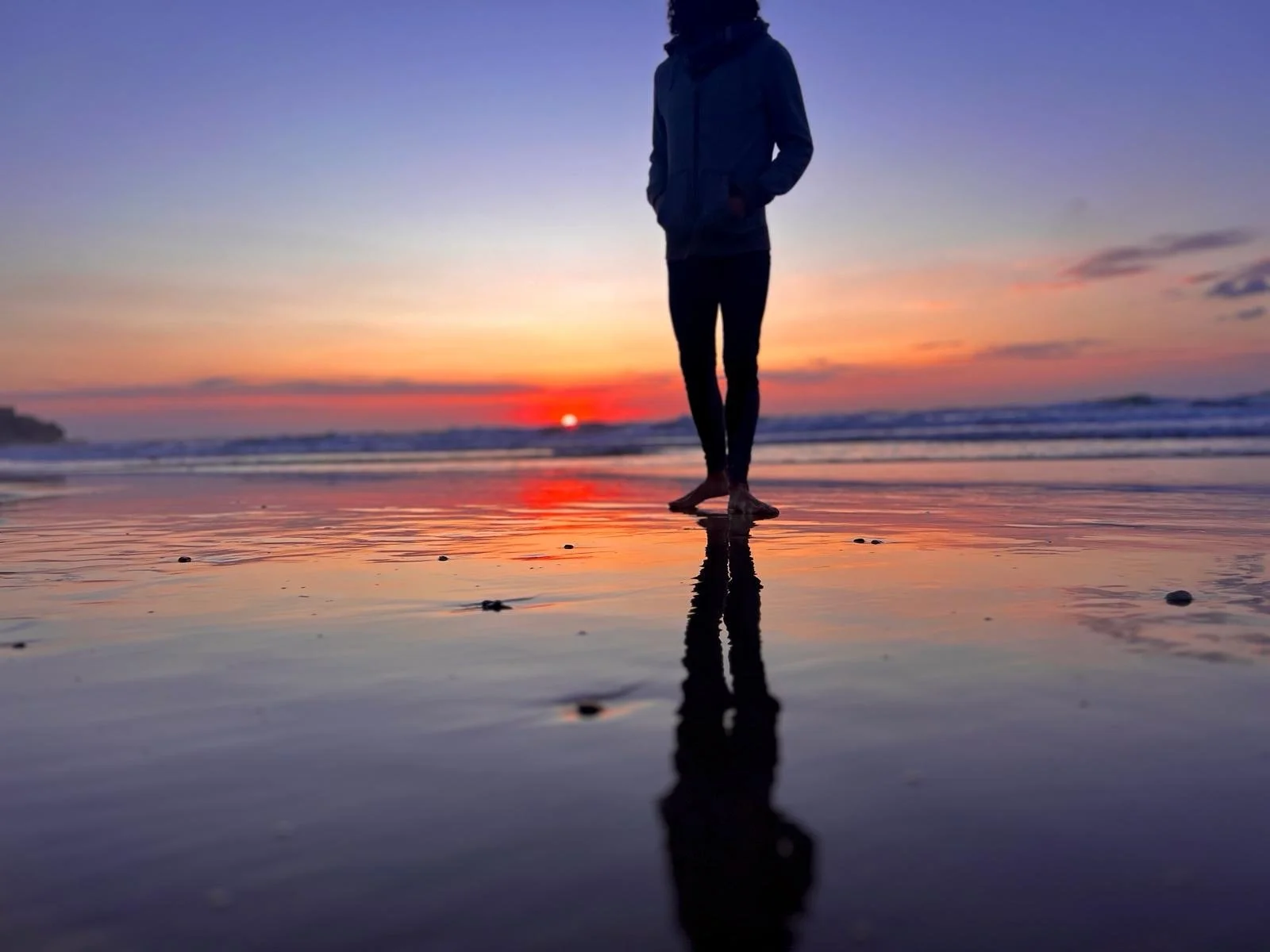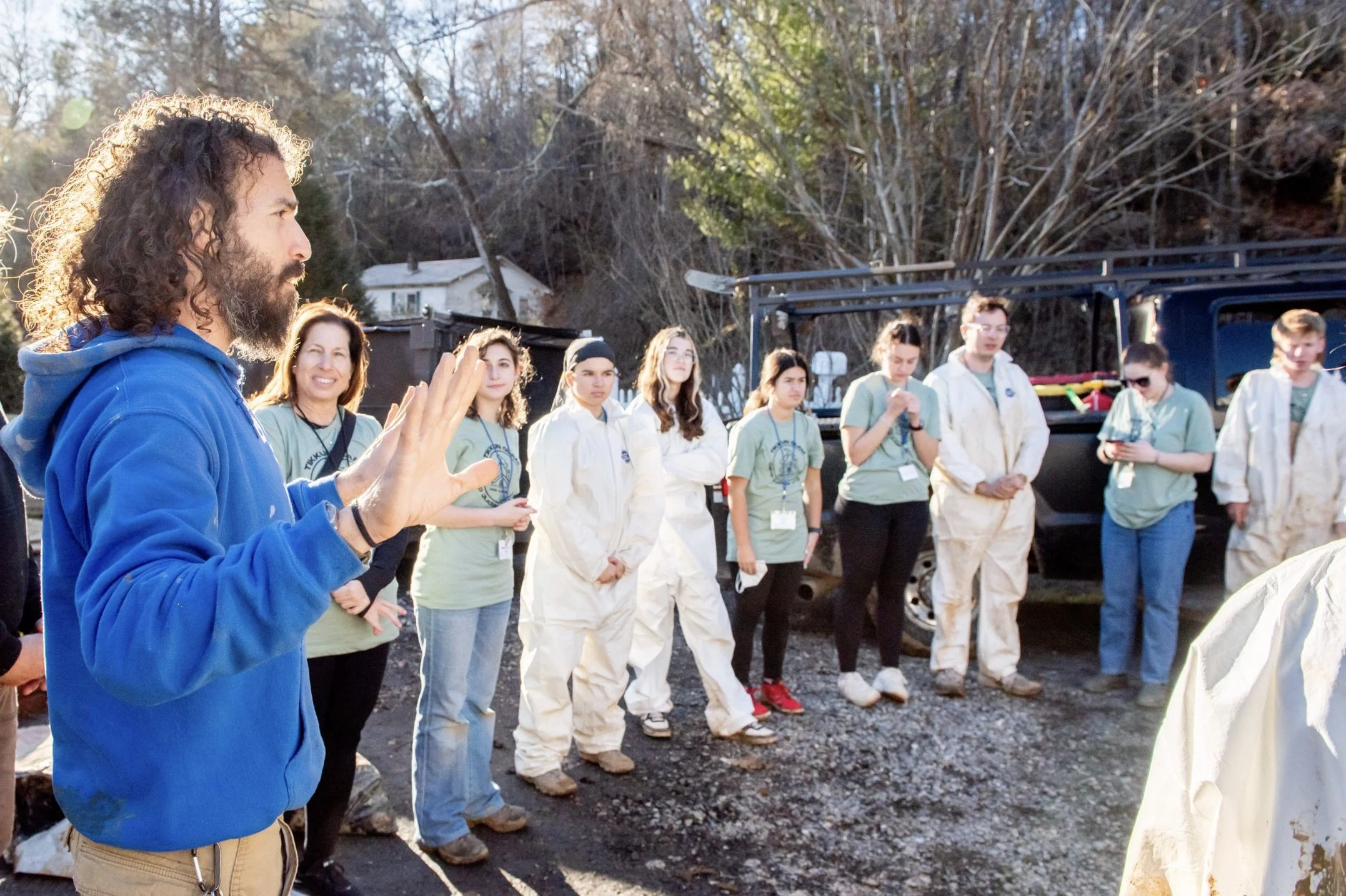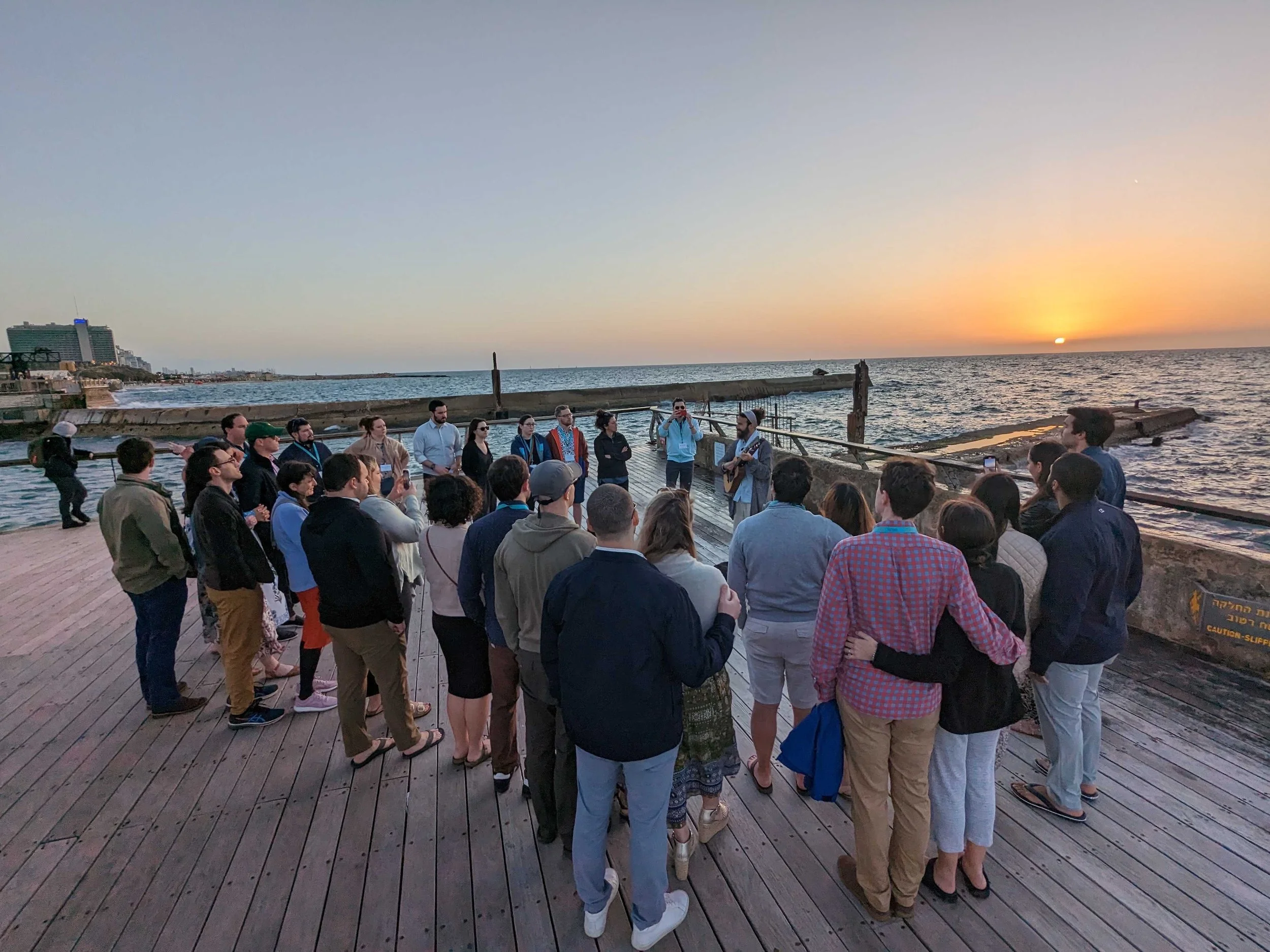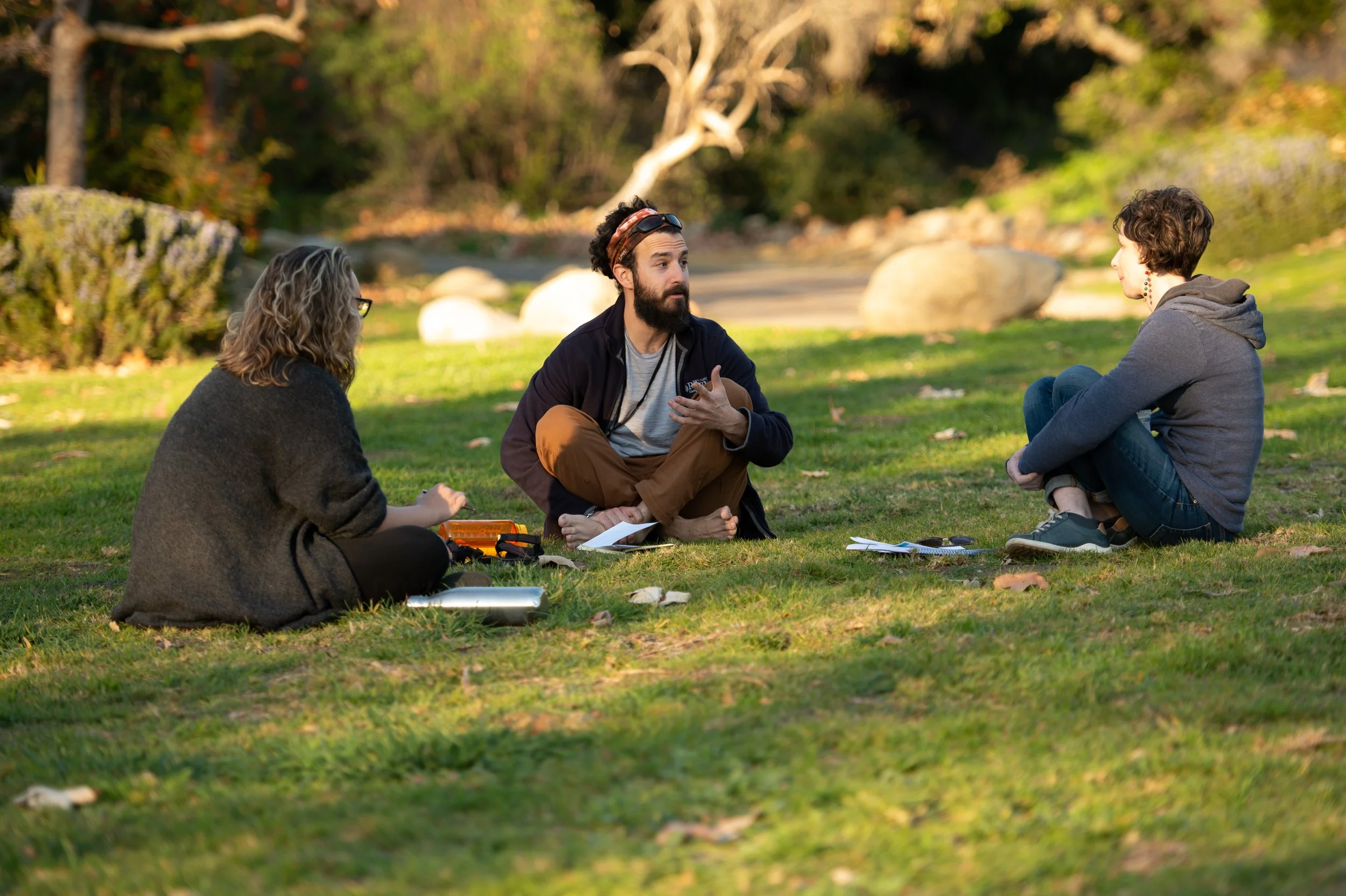
About Rami
Rami Schwartzer is an American-Israeli rabbi, educator, artist, and facilitator with over 15 years of experience working at the intersection of spirituality, community-building, and trauma care. His approach combines Jewish tradition, creative practice, and a focus on healing and human connection.
Rami was the founding director of the Den Collective, Ramah Day Camp Greater DC, Tehom, and the Ramah Israel Bike Ride and Hiking Trip. Most recently, he coordinated NECHAMA’s post-Hurricane Helene efforts in Western North Carolina, leading teams in gutting and rebuilding flooded homes, and supporting communities through grief and long-term recovery. Rami has been a consultant for Honeymoon Israel, the Jewish Federation, the Ramah Camping Movement, Hillel International, Mem Global, and local congregations worldwide, focusing on spiritual leadership and program design. He has supported individuals in hospice care and non-ordinary states of consciousness, offering presence and integration during times of profound psychological and spiritual shift. His current project, Kosher Idols, is a Substack that serves as a laboratory for exploring the role of religion in modern life, weaving together Jewish thought, philosophy, and personal narrative.
Rami holds degrees in philosophy and religion from Columbia University and the Jewish Theological Seminary. He lives a largely nomadic life, often based in nature, and draws inspiration from time spent hiking, climbing, dancing, and connecting with diverse landscapes and communities. He has lived or traveled in over 16 countries and 46 U.S. states, with deep roots in New England, New York, Washington, DC, Tel Aviv, Colorado, and the Blue Ridge Mountains.
Artist Statement
I am an artist of the in-between—working not in fixed mediums, but in living moments. I create sacred space, communal ritual, and experiences that hold people at their most human. My practice is not separate from life; it is how I move through the world.
I approach life as an improvisational composition: listening and responding, erring and readjusting, shaping experiences that emerge only in collaboration.
For me, art is not only a discipline but a disposition—a way of paying attention. I shape space, time, and experience with intention, working with what is ephemeral: the energy between people, the silence around a story, the fragile scaffolding of belonging. My materials are memory, grief, laughter, and breath. Sometimes fire.
To be an artist is to live attuned to the unseen—to notice where meaning hides and coax it into form. I build moments that open people, rituals that hold what words cannot, and gatherings that remind us we are not alone. The work is both delicate and disruptive, and often begins in the aftermath—where the old structures have fallen apart.
My life itself is a kind of sculpture—nomadic, deliberate, in motion. I have lived in cities, camps, farms, and festivals; walked with people in their darkest hours; and helped communities rebuild what comes next. Whether in disaster zones, hospital rooms, or public celebrations, I create art by listening deeply and staying long enough for something real to take root.
I am drawn to the places where crisis cracks us open. In disaster response and trauma work, as in ritual and storytelling, I explore how we respond to one another as vulnerable human beings. In those moments, art becomes more than expression—it becomes an act of love, resistance, and repair.





